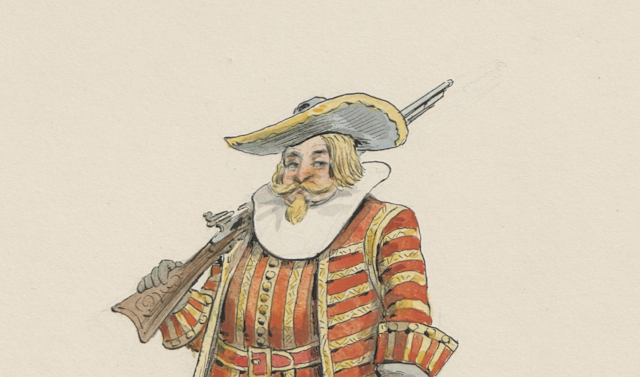The Portuguese Governor of a West African Kingdom

The European Governor of an African Empire 2010 Reproduction of an oil painting of Francisco de Sousa (Credit: Professor and anthropologist Milton Guran) French ethnographer Pierre Verger (1902-1996) once called Francisco Félix de Sousa (1754-1849) the greatest slave trader of all time. And yet, de Sousa was an adopted member of the kingdom of Dahomey and, particularly, its government. Reproduction of an oil portrait of Francisco Félix de Sousa 1996 (Credit: Professor and anthropologist Milton Guran) Francisco Félix de Sousa helped to overthrow the administration of King Ghezo's predecessor. For that, the king declared that he was eternally indebted to "Dom Francisco." Ghezo made him the chief of all trade in Dahomean territories, the majority of which was conquered from other Africans. As a result, de Sousa could take as many slaves as he wanted from the stockpile of captives taken in war and sell them to whomever he pleased. And as de Sousa was Portuguese, many of the...


